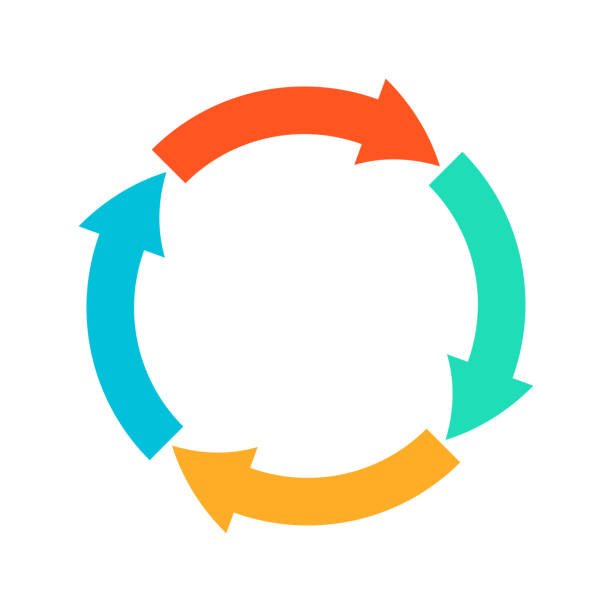The circular flow of goods and services is a fundamental concept in economics that provides a simplified representation of how money, goods, and services move throughout an economy. This model features two key players: households and businesses. By understanding the circular flow of goods and services, we can gain a better grasp of the inner workings of an economy and the interdependence of its various components.
The Circular Flow Model
At its core, the circular flow model consists of two main components: the product market and the factor market. The product market represents the exchange of goods and services between households and businesses, while the factor market represents the exchange of resources, labor, and capital between these two economic agents.
- Product Market: In the product market, households act as consumers, purchasing goods and services produced by businesses. The money that households spend on these products is considered their consumption expenditure. This expenditure generates revenue for businesses, which in turn, allows them to produce more goods and services.
- Factor Market: In the factor market, households provide businesses with resources, labor, and capital necessary for the production of goods and services. Households are compensated for their contributions in the form of wages, rent, interest, and profits. This income allows households to consume goods and services in the product market, thus completing the circular flow.
The Role of Government and Financial Institutions: In a more complex circular flow model, the roles of government and financial institutions can also be incorporated. Governments participate in the circular flow by collecting taxes from households and businesses, and by providing public goods and services, such as infrastructure, education, and healthcare. Financial institutions facilitate the flow of money between savers and borrowers, enabling investments and economic growth.
The movement of goods and services in the circular flow:
The movement of goods and services in the circular flow begins with:
- The production of goods and services by firms.
- Firms use the resources they have available, such as labor, capital, and raw materials, to produce goods and services.
- These goods and services are then sold to households, who use the money they have earned from selling their own labor and capital to purchase the goods and services they need and want.
The movement of goods and services from firms to households is known as the flow of goods and services. The money that households use to purchase the goods and services is known as the flow of money.
The flow of goods and services and the flow of money are two sides of the same coin, as the flow of money allows the flow of goods and services to occur.
Video: The Circular Flow of Goods and Services
The movement of goods and services in the circular flow also involves the flow of resources, such as labor and capital, from households to firms. Households sell their labor and capital to firms, who use these resources to produce goods and services. This flow of resources from households to firms is known as the factor market.
The Importance of the Circular Flow Model
The circular flow model is a valuable tool for understanding the basic mechanics of an economy. By illustrating the movement of goods, services, and money, it highlights the interdependence of households and businesses and demonstrates how economic activities are interconnected. This model helps economists and policymakers identify potential imbalances, design effective policies, and analyze the potential impacts of economic changes.
The circular flow of goods and services is an essential concept that simplifies the complex interactions within an economy. By examining the movement of goods, services, and money between households and businesses, we can better comprehend the economic forces at play and the relationships between different economic agents. Although it is a simplified representation, the circular flow model provides invaluable insights into the functioning of an economy and serves as a foundation for further economic analysis.





